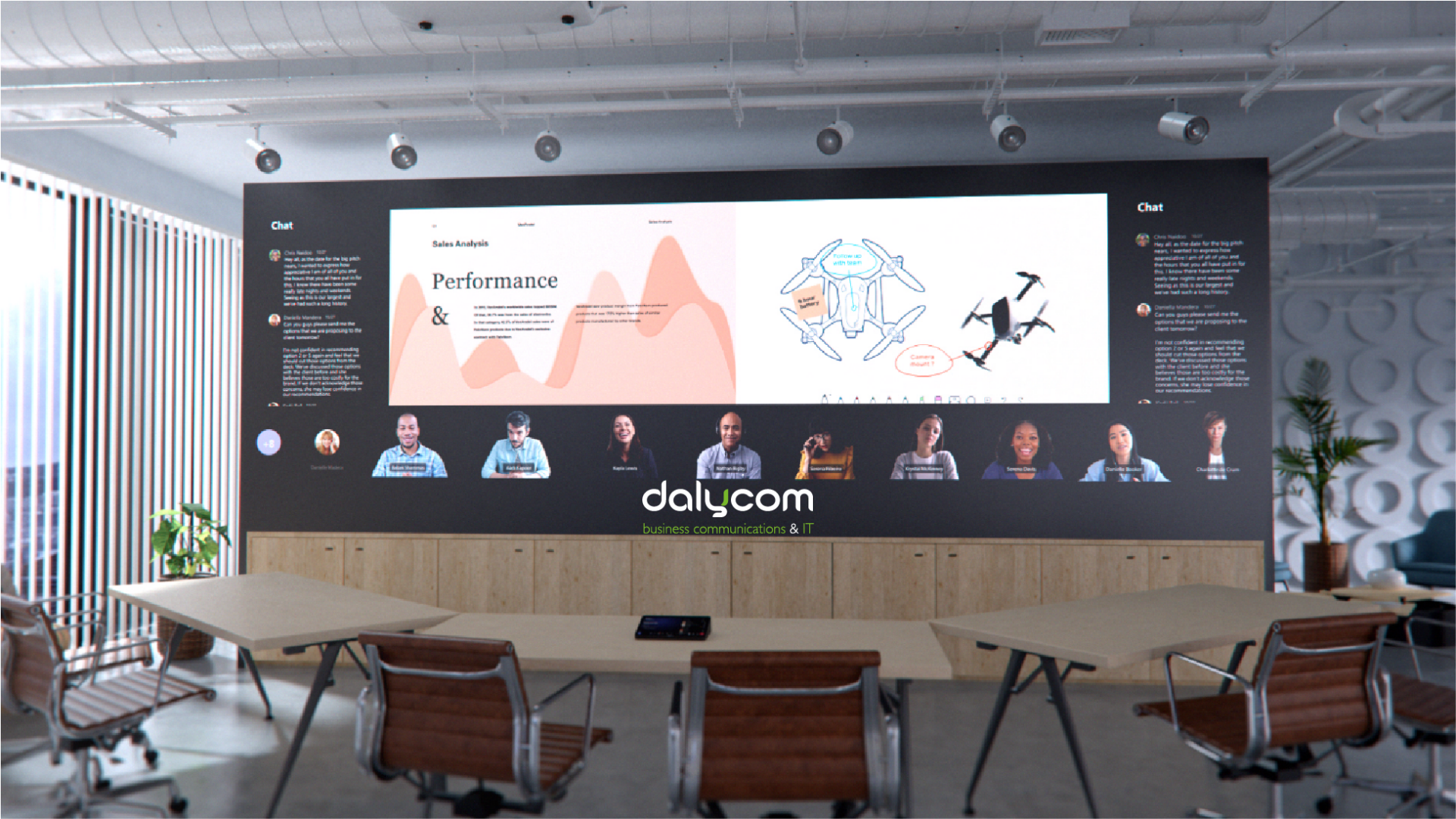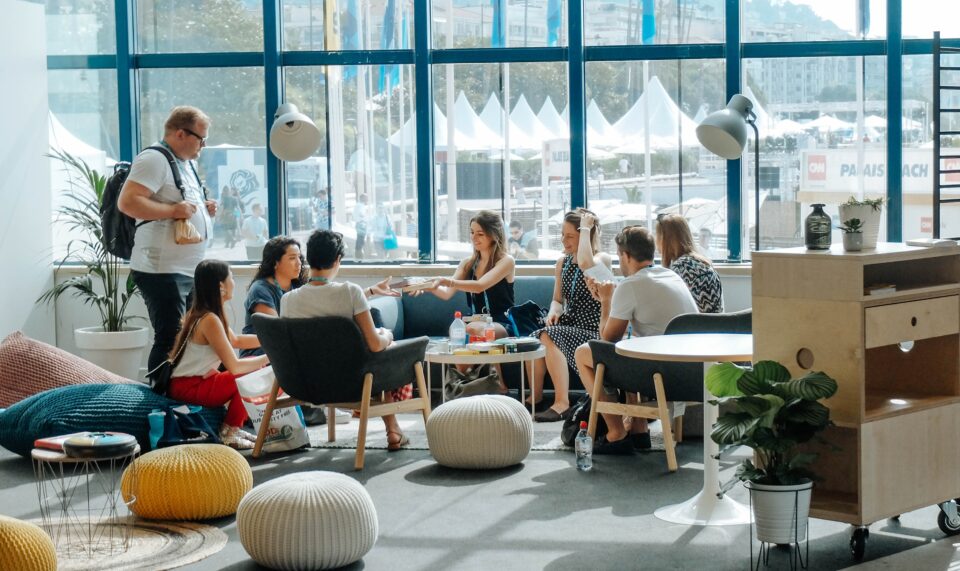At Dalycom, we believe that hybrid working is going to be the future! With the recent pandemic, many businesses have had to adapt to how they work, collaborate and communicate with clients. Employee expectations have also changed, with many preferring to work at different hours of the day to fit in with their family life whilst adapting to customers’ availability.
Gone are the traditional 8-hour working days of 9-5! To adapt to the ever-changing climate in how we work, we believe that businesses will have to become hybrid. This means that post-pandemic, companies will have to embrace flexibility in the way they operate and in the way employees work. Adapting and evolving to this new way of working, the ‘Hybrid’ way, will be challenging, especially when changing from the traditional office hours.
Being a dynamic and growing business also means adapting to new ways of working and embracing change. Customers want to contact a business at any time, from sales, support, for general questions and so on.
Having a solution that offers synchronous and asynchronous collaboration is vital. This, of course, means shifting the entire organisation to become hybrid. From HR to IT, Sales and Support, all departments will have to become hybrid for any business to adapt to this new working way.
There is a three-step process that can be followed when adapting to this new way of working:
- Create a policy to empower people for extreme flexibility.
- Reimagine physical spaces.
- Invest in technologies that connect people anywhere, and anytime.
Let’s take a look at each of these steps in detail.
Creating a policy to empower people for extreme flexibility
This change is set to shape the way we work for years to come, and for this, it requires a clear vision from business leaders. You need to plan and have policies to become extremely flexible in how your employees’ work and business is done. It means shaping the current culture and retaining talent to respond to changes in the environment for future innovation.
Many businesses have already adopted changes, but mainly for remote working and not for working flexibility. Assuming this new hybrid way of working means that you have to adapt to how employees work, their location and the time of day.
Empowering people for extreme flexibility begins with answering critical questions:
- Who will be able to work remotely?
- Who will need to come into the office, and for what amount of time?
- When people do focused work, where will they do it?
- What about collaborative work?
Being in a world where ongoing disruption is part of the new norm, as seen in the current pandemic, has made businesses rethink how they are prepared to respond and adapt to sudden changes.
Having new policies and providing guidance & clarification to employees, is critical, in how employees will adapt and accept this new way of working.
Reimagine your physical spaces
Once you’ve determined your policies for extreme flexibility, use them to guide your approach to physical space. From here on out, we will no longer rely solely on physical spaces to collaborate, connect, and build social capital. But space will still be important.
We are social animals, and we want to get together, bounce ideas off one another, and experience the energy of in-person events. Moving forward, office space needs to bridge the physical and digital worlds and meet every team’s unique needs and specific roles.
Purposeful design
Adapting to the way we work also means adjusting the spaces we have in the offices and equipping your workforce with the tools they need to work.
With the proposed timescale, until we go back to the new norm, it is expected that people will start to meet face-to-face once we are allowed to do so. Many employees miss the interaction with customers and work colleagues, however, at the same time, they have become accustomed to working from home and being able to adapt their work around their family time and lifestyle.
So what does it mean when we have to adapt the current office space?
For example, for sales teams who need to come to the office infrequently, a hoteling model can be used to book workstations or an office for the day or even an hour.
Remote workers can also have coworking hubs. These are easy to find nationally, and shared office space (working hubs) is a great way to have several locations to work from, giving your remote workforce a geographical hub to work and hold meetings.
This is a great way to deploy your sales team, especially if you work or are looking to work nationally.
Connecting the physical to the digital
It’s also critical to think about bridging the gap between in-person and remote experiences. Working together when everyone is in the office is fairly straightforward. And over the last 12 months, we’ve figured out how to get things done when everyone is at home.
It’s how to handle that messy middle when some people are physically together, and others are joining virtually, that’s going to be a challenge.
Today’s state-of-the-art Microsoft Teams Rooms include high-quality audio and video to help everyone be seen and heard. Meeting room cameras deliver high-definition video streams and optimise the view by framing the people in the room or following the active speaker.
Intelligent speakers identify who is speaking, and individual names and profiles are represented in meeting transcripts. Features like live captions, live transcription, raise hand, reactions, and chat help people follow along and offer opportunities to chime in non-verbally or without interrupting the speaker.
Digital whiteboards are accessible both in the room and at home, foster collaboration and co-creation. People onsite can link directly on a Surface Hub or from their own phone or laptop, and remote participants can draw on the same shared digital canvas.
In addition, Intelligent Capture cameras can capture, focus, resize, and enhance analogue whiteboard images and text, so remote attendees can clearly see brainstorming in real-time, even when someone is standing in front of the whiteboard.
When the pandemic compelled people everywhere to shift to remote working, videoconferencing was the primary tool that people used to connect and keep work moving. Within months, people participated in 55 per cent more digital meetings than pre-COVID-19, and we all felt the related stress and burnout.
Videoconferencing will always be important, but it’s just one tool, and doesn’t provide the communication and collaboration infrastructure needed to power hybrid work.
Microsoft Teams is the only solution that combines meet, chat, call, and collaborate in a single place, while integrated with the Office apps and business process automation tools. What’s more, it opens up collaboration between knowledge workers, frontline workers and blends synchronous & asynchronous work naturally.
Businesses will have to think about how they work post-pandemic, but one thing is for sure, the way we work, has changed!
For more information on Microsoft 365 and the many benefits it brings, call us on 01509 410 410!
#HybridWork #RemoteWorking #CorporateChange #Microsoft365 #Dalycom



